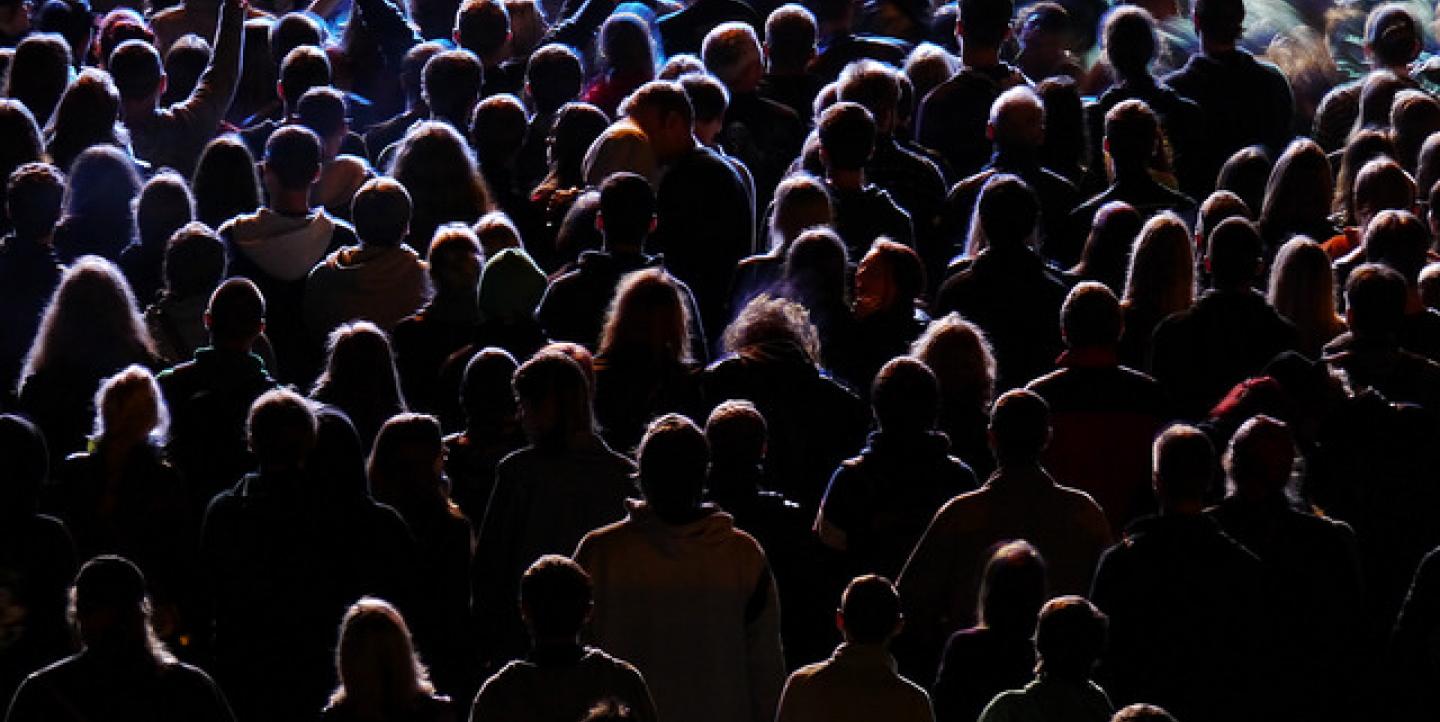At a first glance, CrowdVoice.by, a new site from Bahraini civil rights organization Mideast Youth, appears to be another site that hosts videos and images of protests, social justice movements and other ongoing stories captured by an eyewitness with a smartphone.
But the site is more than just a repository for user-generated content; the platform augments this footage with verified statistics and data to contextualize the images and video on display. CrowdVoice.by also allows its users to collect, categorize and crowdsource user-generated content, allowing researchers and journalists alike to easily find first-hand footage of breaking events around the world.
So far, CrowdVoice has been referenced or used in reporting from The Guardian, Al Jazeera, The Los Angeles Times and other outlets worldwide.
Esra'a Al Shafei, founder and executive director of Mideast Youth, spoke with IJNet about CrowdVoice.by and how it brings under-reported stories to the forefront:
IJNet: Who creates the content that appears on CrowdVoice? Do you seek it out from citizen journalists and the like, or can anyone submit eyewitness content?
Al Shafei: The topics, or “voices,” on CrowdVoice are either submitted by visitors to the site or are created by our research team. Once a voice is approved and established, anyone can submit content to the media feed. Additionally, the site uses an aggregator which pulls content from social media via the use of hashtags connected to a movement.
How does CrowdVoice decide which protest movements to feature?
Many of our voices are user submitted by protest participants or activists interested in a particular event. Our remote team also submits voices related to issues in their regions. For example, we have team members in India and Mexico who regularly add local content. In areas where CrowdVoice does not have a team presence, we seek out information on Facebook and Twitter about movements taking place around the world, and create media feeds to archive relevant content. Overall, CrowdVoice focuses heavily on topics that are underreported or forgotten by mainstream media.
Describe the site's verification system. Is crowdsourced verification typically accurate?
Crowdsourced verification is overseen by our team, who weed out things like state-controlled media, hate speech, obvious propaganda and outdated information. Conversely, each movement has sources that are regarded as trustworthy, like a respected media outlet or a citizen journalist collective documenting on-the-ground events. For the most part, media can also be cross-referenced with its original source, such as Twitter or YouTube, to see the kind of engagement it is getting from the community there. If there is ever a question that a piece of media might be inauthentic or misrepresentative, it is omitted. Of course, it is impossible with crowdsourced verification to guarantee the veracity of everything that is submitted, but we do our best to make sure we are not presenting misinformation.
With CrowdVoice’s infographics, the statistics used come from established monitoring organizations, both local and international, such as UNHCR, or from government data. These sources are available via links attached to our infographics.
Are there any potential ethical issues to curating eyewitness content like this? How do you handle these issues?
CrowdVoice never professes ownership over any content it derives from other sources, and every piece of media can be easily traced back to its original source with the click of a button. If content is removed from the site where it was originally hosted, it likewise disappears from CrowdVoice’s archives.
In terms of graphic or upsetting content, we include this type of material in our media archives as an evidentiary document of the realities of conflict. In creating original features, we’ve adopted a policy of omitting this type of content out of respect for those impacted by violence, so as to not use their personal suffering to convey a broader narrative. If we truly feel that the inclusion of this material is necessary or beneficial, it is accompanied by a warning screen that allows users to opt out of viewing it.
If I'm a journalist visiting CrowdVoice.by for the first time, what advice would you give me to get started?
CrowdVoice.by helps users curate information with others, so a network can crowdsource together about environmental issues, social movements and more. It's customizable and embeddable on any page a user manages. CrowdVoice.org will still be maintained as a resource that lends context to conflicts and human rights issues around the world. In the backend, they utilize the same crowdsourcing technology that we developed, hence the branding decision to keep the name on the new service.
First-time users have multiple ways to explore CrowdVoice. They can check out featured voices, or use the site search tool to find information on a particular topic. There are also ways to search within specific voices: users can request only certain types of media, such as video only, or see material by date of inclusion to the archive. There is also a world map which shows all voices by geographic location.
Main image CC-licensed by Flickr via Zoi Koraki.

